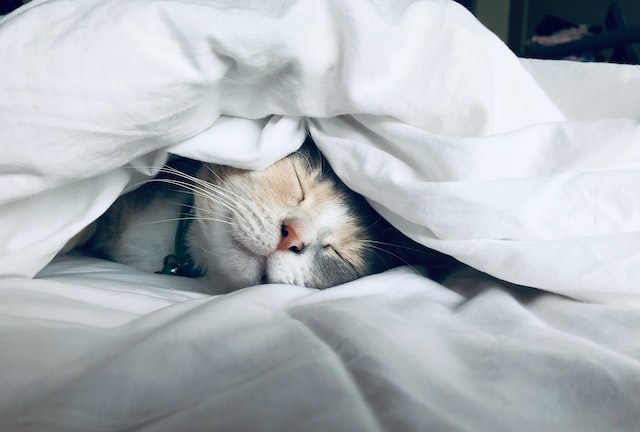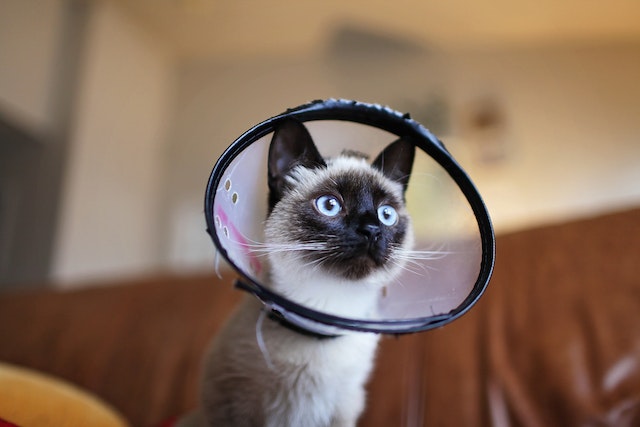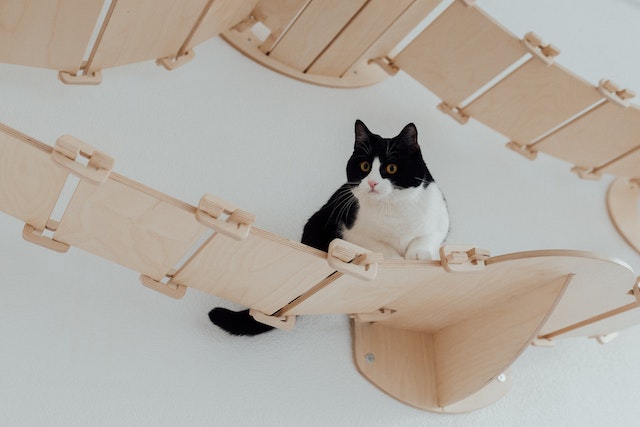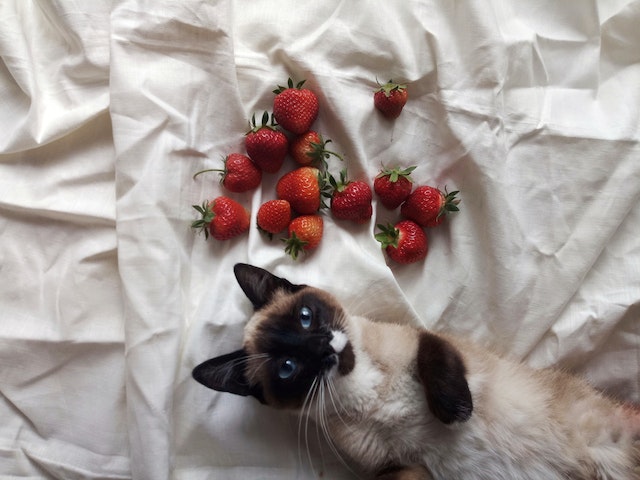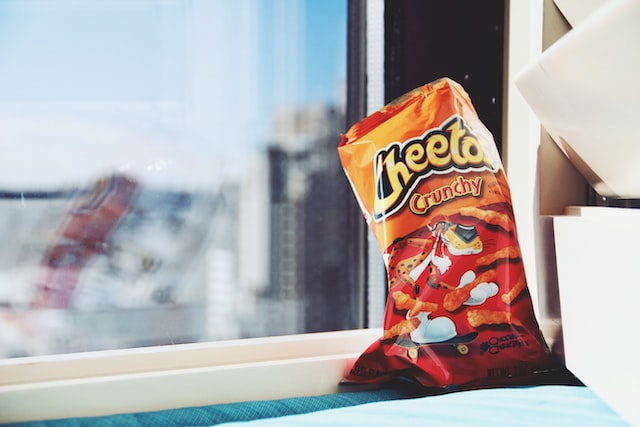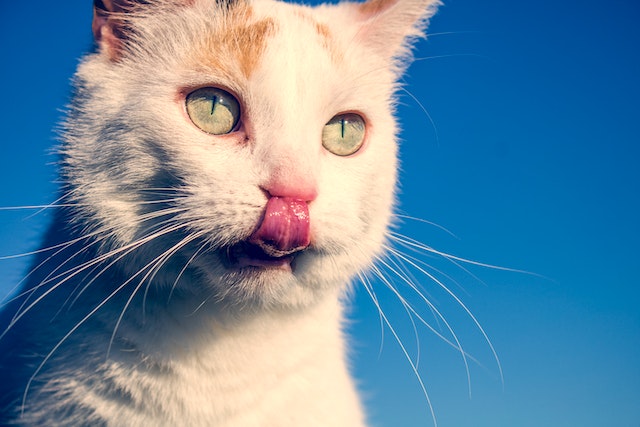Cats are adorable, but they sometimes have the unpleasant habit of leaping into your bed to sleep there. Nobody wants cat hair on their beds since it is difficult to remove. Additionally, some individuals are allergic to pet hair.
There are several reasons why people would wish to keep their cats off the bed, but not everyone knows how to do it. Even if you have no sign where to begin, you should not give up and let the cat act as if it pays your rent. You may terminate it at any moment.
So, what are the most effective means of preventing your cats from climbing the bed?
It is a procedure about which you should not be very harsh.
How to Prevent Cats from Sleeping on Your Bed
1. Use Aluminum Foil
The objective is to make your bed unattractive to cats. Often, no matter what you do, cats will not stop climbing on your bed. So it would help if you considered making the bed unattractive to them.
Cats dislike the sensation of aluminum foil on their digits. Additionally, the material’s loudness deters cats.
However, you should be aware that utilizing the foil may disturb your bed and how you utilize your bedding. In addition, take care not to be wasteful with the foil since you need to place it on the cat’s preferred napping location.
How to Prevent Cats from Sleeping on Your Bed Using Aluminum Foil
- Unpack the aluminum foil and unroll a piece the size of a pillow.
- Cut the aluminum foil and spread it over the specified cat sleeping areas. Next, choose their favorite climbing places.
- Cover the foil with light bedding, such as cotton sheets. It assures maximal impact loudness from the cat’s toe.
- Place miscellaneous objects such as cushions onto the bed to restrict the cats’ mobility.
- Please wait for the cats to leap onto the bed and observe their responses. If they relocate to a new location without the foil, additional aluminum must be cut, and the procedure must be repeated.
You may remove these foils from the bed before sleeping at night. However, if you sleep with your cats in your bedroom, it’s probably time to relocate them and close the door.
2. Utilize Clicker Training
It is essential to recognize that cats react much more positively to positive reinforcement than punishment. It is also true for several dogs.
Cats are trainable just like dogs.
Their habits are modifiable. When you see your cat resting on your bed, remove it and place it somewhere, such as a cat bed. Start by giving your cat goodies whenever it leaves its bed on its own.
A fantastic incentive might be as easy as placing a cat toy beside the bed on the floor. This will cause it to flee. Reward the animal with a clicker that emits noise. Eventually, the cat will associate the clicker with the incentive, allowing you to use the clicker alone to get her off the bed.
Do not be harsh or yell at the cat if it is already on top of the bed since this will frighten it and not change its habit.
Leave snacks in the location where you want the cat to sleep so that she will link them with pleasant thoughts.
3. Wash Bedding More Frequently.
Your bedding and blankets smell like you. Therefore, cats will forever associate your bed with you.
To prevent cats from leaping into the bed, clean the sheets more often so that the cat is not drawn to your body odor while you are away.
4. Employ a Cat Bed
Often, cats leap into our beds due to their need for comfort. Consequently, acquiring a nice cat bed should be your priority if you want to alter their behavior. A cat bed allows you to sleep in the same room as your cat, but not on the same bed.
Over time and consistently, your dog will learn to remain on its bed by itself and not disturb you.
If it refuses to use the bed, convince it of your presence by placing some of your clothing on it. It will gradually build a feeling of familiarity.
5. Making Rattling Noises with a Can and Coins
When the cat climbs, yelling at it might escalate to violence. Avoid doing it.
Cats dislike the sound of pennies inside a container rattling. So when your cat leaps onto the bed, shake the coins to make a loud noise, but make sure she does not understand that you are making the noise. To achieve success, you must maintain discretion.
If you’re a little tech-savvy, you can automate a similar system so that anytime the cat gets into your mattress; the noises play until she hops off.
6. Close the Door to the Bedroom
Even though it may seem apparent, not everyone considers locking the bedroom door as a means to keep cats off the bed. So always lock your door before retiring to bed.
The cat will have access to all other rooms. For example, place the bed in the living room or a different room.
Maintain the litter box and cat food outside of your sleeping quarters.
7. Cats may be repelled with double-sided tape.
When you explore this strategy, things are certainly getting out of hand.
Double-sided tapes work miracles.
The tapes prevent cats from using the bed by causing a tacky sensation on their paws. Place the tape where the cats fall on the bed after jumping on it. After a few unsuccessful attempts, they get disheartened and give up.
8. Use Cat Repellant
You may buy cat repellent sprays that you can spray about your bedroom and on your bed to keep cats away. However, you should be aware that sprays with either Eucalyptus or Citrus might still effectively repel your cat, owing to its strong odor. These repellents will also improve the fragrance of your bedroom.
I would only suggest this procedure if the cat is resistant and other failed techniques.
9. Stop the Cat While It’s Young
Ideally, you should prepare your cat for what is and isn’t appropriate behavior in your bedroom and home at a young age.
If you don’t let children share your bed from the beginning, they won’t understand what they’re missing. When they are older and aware that they have previously enjoyed the warmth of your bed, it is more difficult to break them of the habit.
Teach them while they’re still young!
You may do this by shutting your door or excluding your cat from your room.
Can you prevent cats from sleeping on your bed by using bubble wrap?
Using bubble wrap to keep cats off the bed is limited to the first few days. However, contrary to the ideal deterrent, cats quickly get used to these wrappings and will soon play with them. In addition, cats are very adept at balancing their weight to prevent bursting the wraps.
